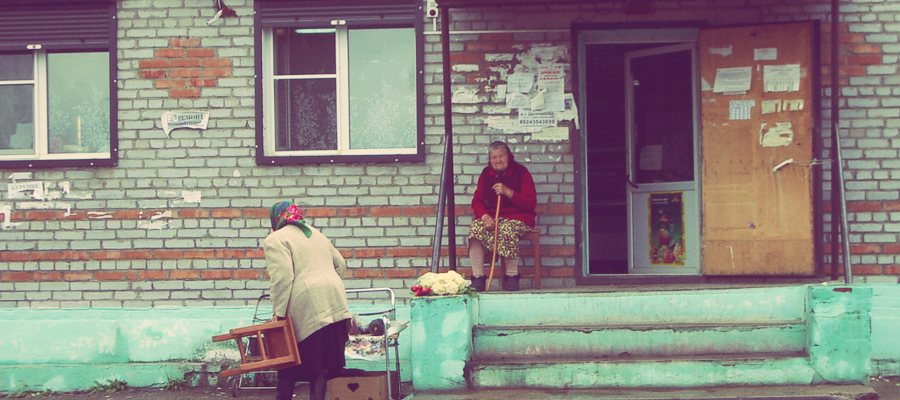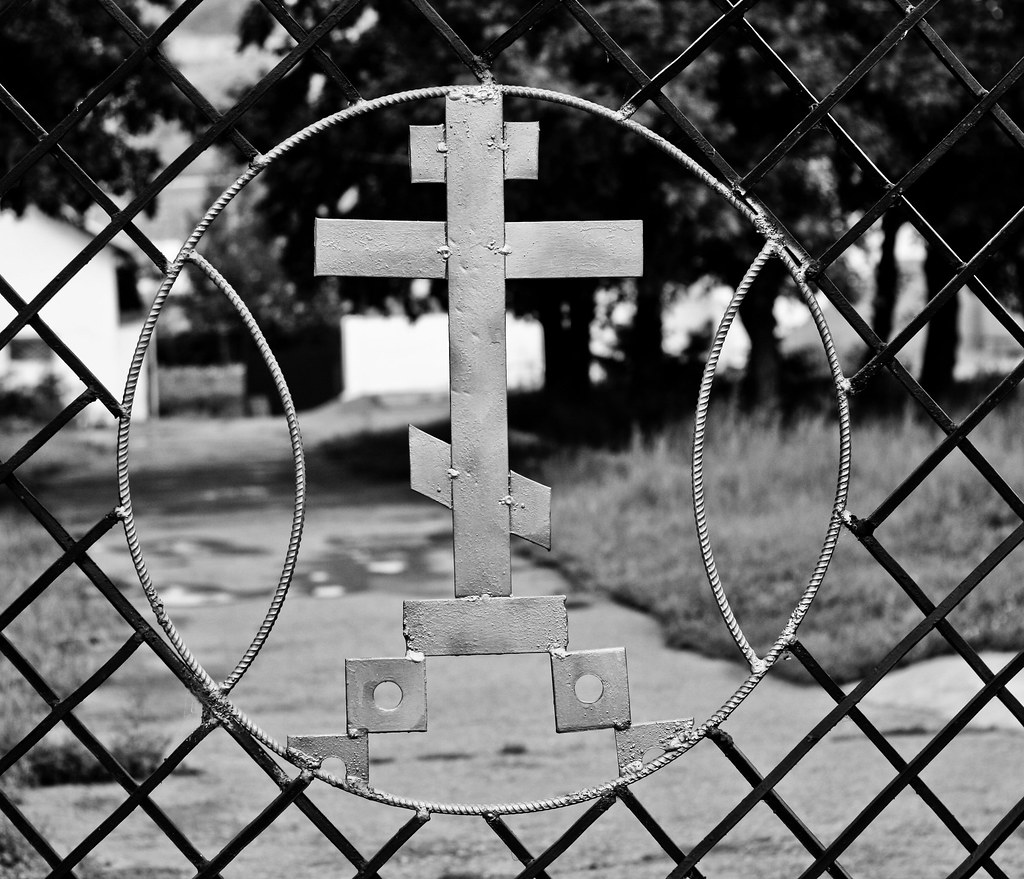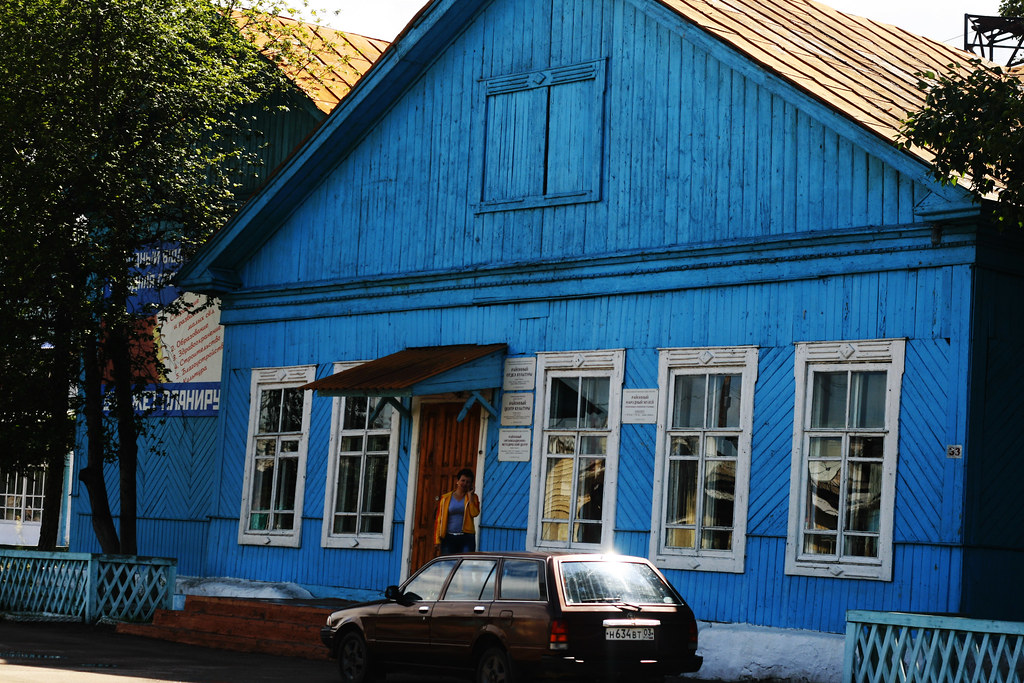
“Them, Us and Skitskoj (A Dialogue in the Editing Room)/ Oni, my a Skitskoj (Dialog ve st?ižn?)”, a Czech documentary about Old Believers living on the island of Skitskoj, an inaccessible taiga in the North of Russia, got me completely hooked.Skitskoj is isolated from the outside world by three rivers, the Pichora, Tsilma, and Pizhma. To get to the village, at one point, the film crew had to use a rudimentary hand-pulled cable ferry system. These Old Believers followed strict religious rituals to the point of obsession. Because of their extreme isolation, they distrusted outsiders.
Old Believers are Russian Orthodox who vehemently denounced the changes introduced by Patriarch Nikon who wanted to align with the practices of Greek Orthodox. Not only they disobeyed the new rules, radical members chose death as a form of protest. As a result, they were severely oppressed, exiled to Siberia, and forced to escape to remote places or flee Russia. They lived in isolation to preserve old religious practices and Russian culture.

Old Believer communities scattered across Russia, but they were far off from the Trans-Siberian railway, not convenient for me stray from my route, thus Ulan-Ude, my last Russian city, was the last chance. I wanted to book a tour but couldn’t find others to form a group. Organizing a solo tour would cost a lot of money, so I went by myself to the village of Tarbagatay, where the Old Believers lived. As I had expected, there was nothing unusual. The villagers didn’t look any different than other Russian villagers I met. They wore normal clothes and did normal things. I could not tell if all were Old Believers.

I walked to the museum which wasn’t too far from the bus stop on the main street. It was easy to find because its door was the most decorated and located opposite from a church. The museum was locked. I entered the church and found a man, probably the guard. He unlocked the door and let me inside the museum, a small two-story wooden building keeping traditional costumes, household items, tools and religious icons. I couldn’t communicate with the man other than confirming that he was indeed an Old Believer. I pointed to the word “Semeiskie” on a souvenir book and then pointed at him. He nodded and said yes. This group of Old Believers is also called “Semeiskie” meaning “family” because they traveled together with their family.
[slickr-flickr tag=”tj-ob” caption=”on” descriptions=”on” type=”galleria”]